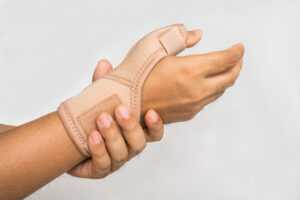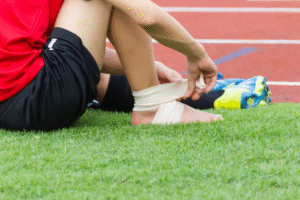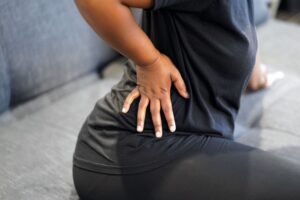If you’ve been feeling a persistent ache on the inside of your elbow lately, it might just be Golfer’s elbow. This condition, also known as medial epicondylitis, is making a surprising comeback, and it’s not just limited to golfers anymore. Whether you’re hitting the gym or spending hours typing away at your desk, repetitive strain is becoming a real issue. So, what’s behind this trend? And more importantly, how can you tackle it? Let’s take a closer look at what’s driving this increase and explore some effective treatment options for golfer’s elbow. Ready to swing into action for your recovery?
Why Are We Seeing More Cases of Golfer’s Elbow?
It’s all about hustle culture. More folks are pushing themselves to meet fitness goals, working longer hours, and spending extra time on their devices. All that repetitive movement—whether it’s swinging a golf club, lifting weights, or mindlessly scrolling through your phone—can really irritate the tendons in your inner elbow.
The lifestyle shifts we’ve seen since the pandemic have also contributed. Home workouts became the norm, DIY projects kept everyone busy, and let’s not forget the ergonomic nightmares of makeshift home offices. All of this creates the perfect environment for those pesky microtears in the elbow tendons, leading to inflammation and pain.
Interestingly, age doesn’t give you a free pass either. As we age, our tendons naturally lose some flexibility and strength. When you mix that with poor technique, overuse, or skipping warm-ups, you’re setting yourself up for a one-way trip to golfer’s elbow territory.
Symptoms You Shouldn’t Ignore
Spotting the early signs of golfer’s elbow can really make a difference. You might experience:
- Pain or tenderness on the inside of your elbow
- Stiffness when bending your arm
- Weakness in your hands or wrists
- Numbness or tingling that spreads into your fingers
If you don’t address it, the pain can turn chronic—and let’s be honest, nobody has time for that!
Golfer’s Elbow Treatment: What Works
The good news? Most cases respond really well to non-surgical treatment if you catch them early. An orthopaedic spine and joint care specialist can create a personalised golfer’s elbow treatment plan for you, which usually includes:
Rest and activity modification: Take a break from the activity that’s causing you pain (your golf game will forgive you).
- Ice therapy: Regular icing sessions can help reduce inflammation.
- Physiotherapy: Guided stretches and strengthening exercises are essential for long-term recovery.
- Bracing: A counterforce brace can help relieve some of the strain on the tendon.
- Medication: Anti-inflammatory medications might ease your pain.
- Shockwave therapy or injections: For those stubborn cases, advanced treatments like platelet-rich plasma (PRP) injections or shockwave therapy could be options.
In rare situations where conservative treatments don’t work, surgery might be on the table — but that’s the last resort.
How an Orthopaedic Spine Specialist Can Help
Seeing a specialist early can really make a difference between a quick recovery and a long-lasting issue. They don’t just focus on the elbow — they consider the bigger picture: your posture, biomechanics, and overall musculoskeletal health. A precise diagnosis and a tailored treatment plan can help you not only recover but also prevent future injuries.
If you’re dealing with elbow pain that just won’t go away, it might be time to reach out to an expert. Schedule your appointment today and take that first step towards moving pain-free!













